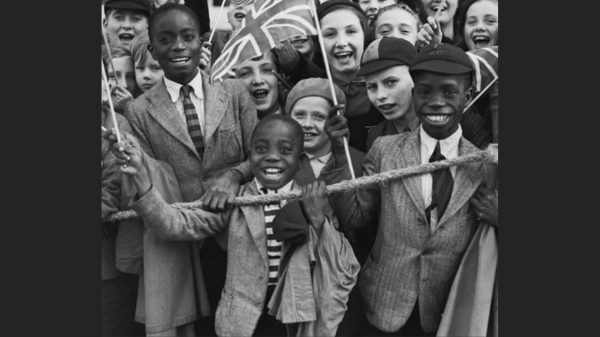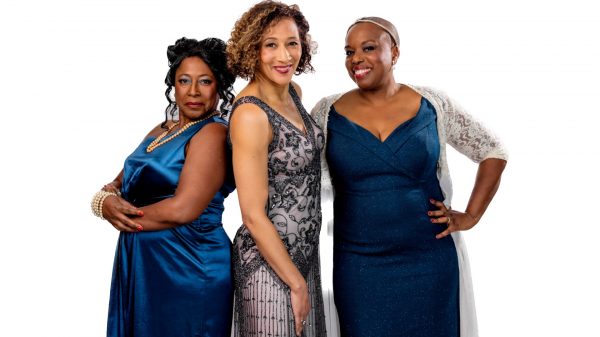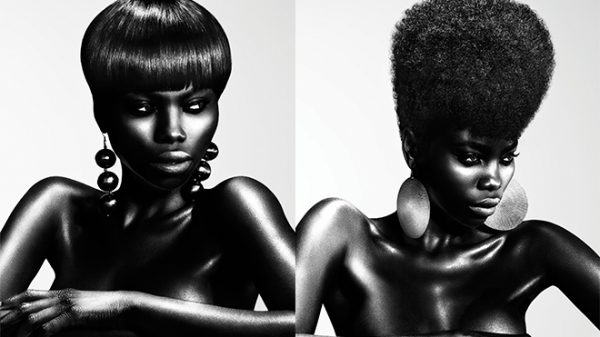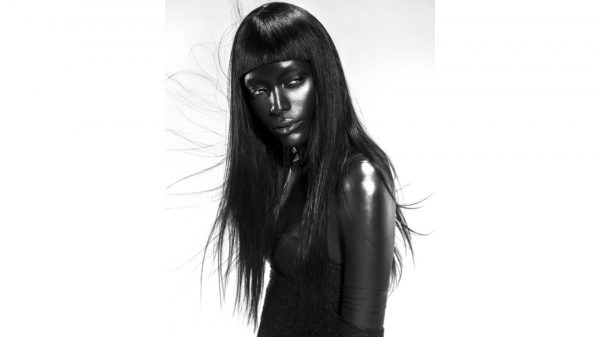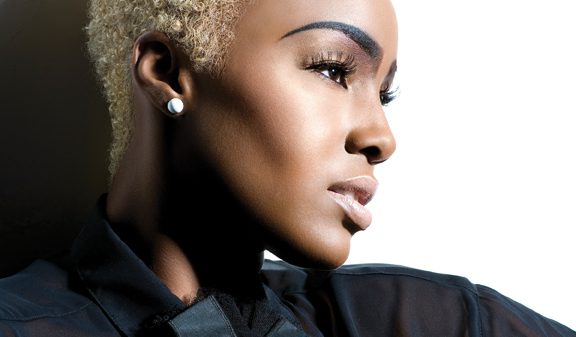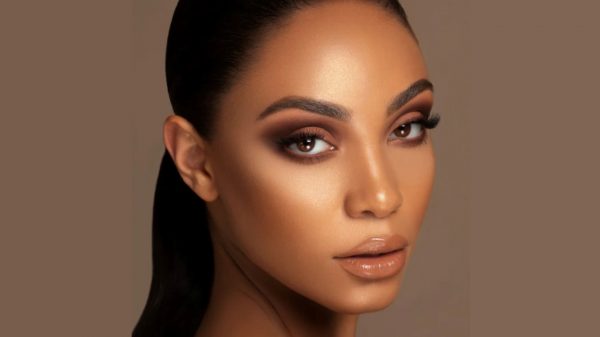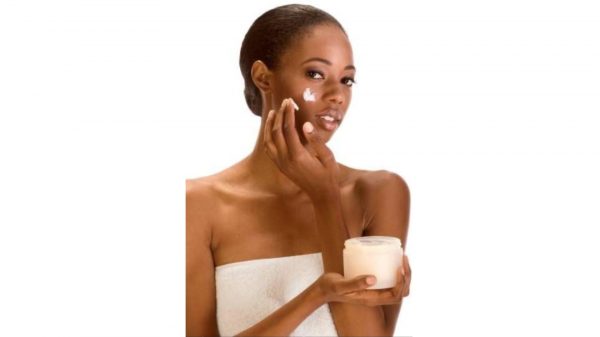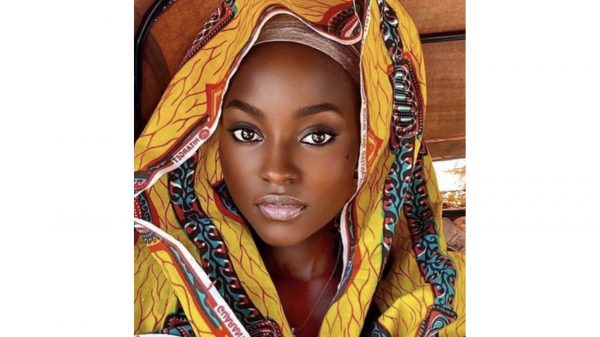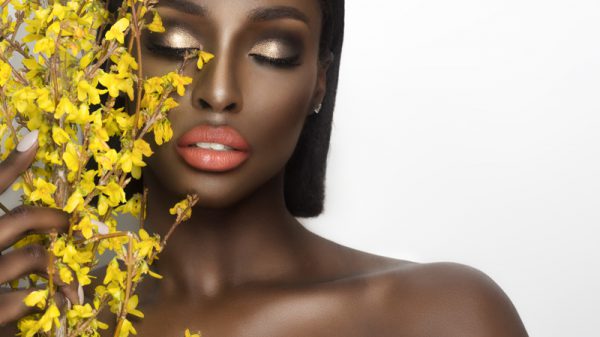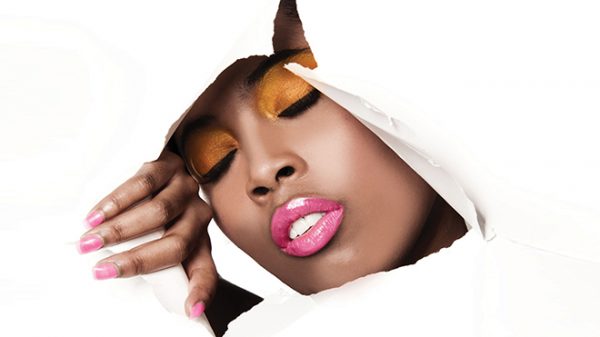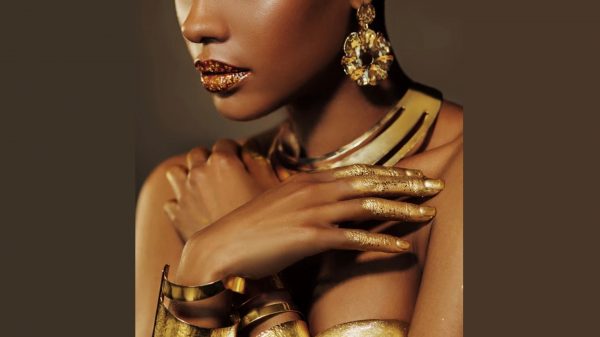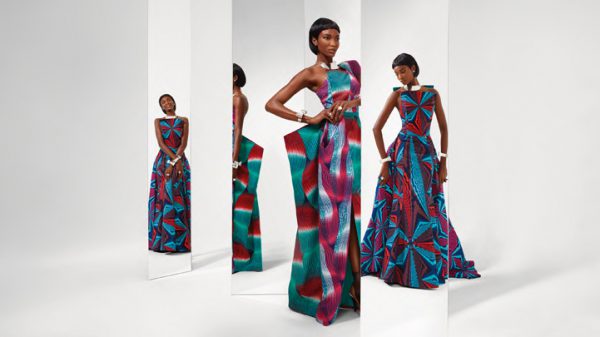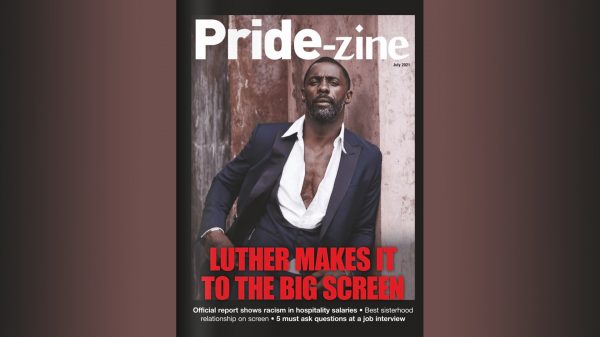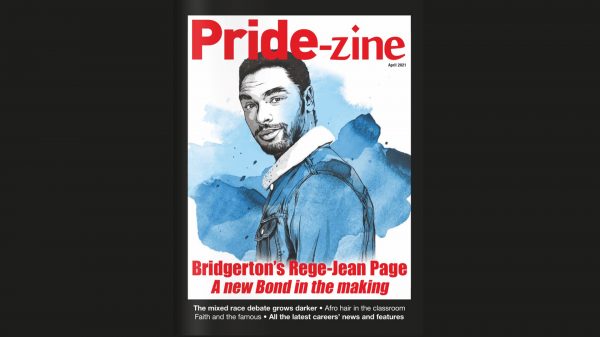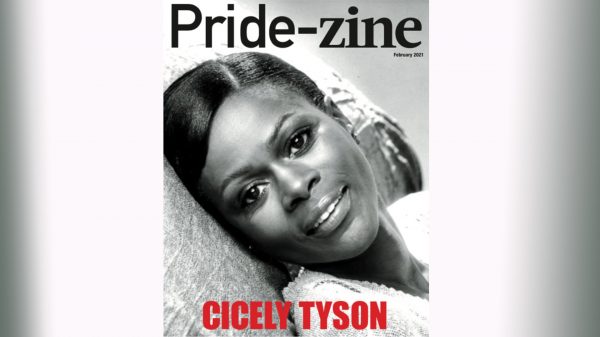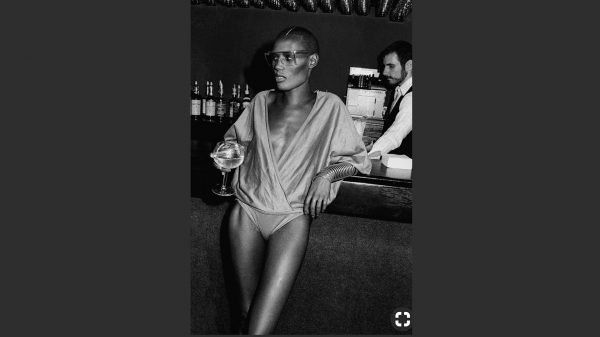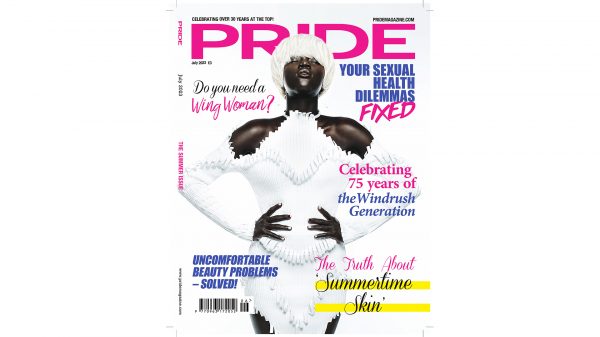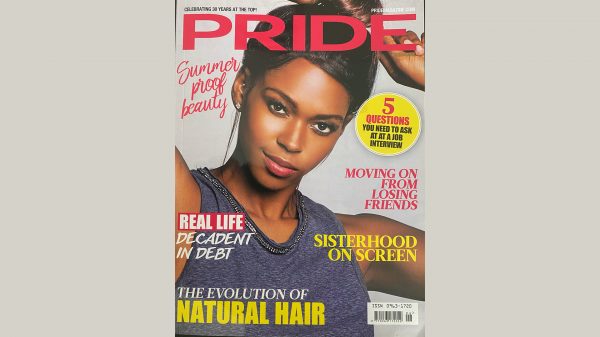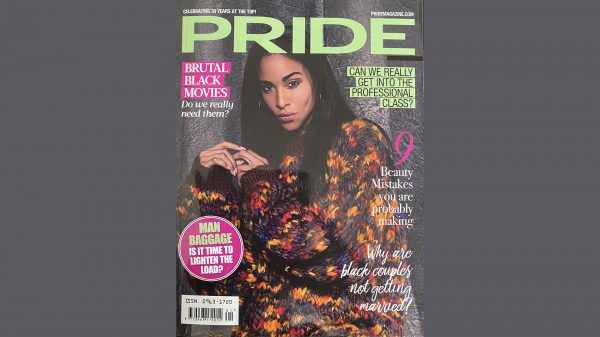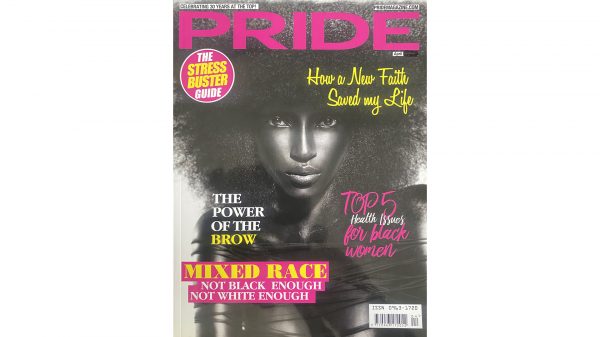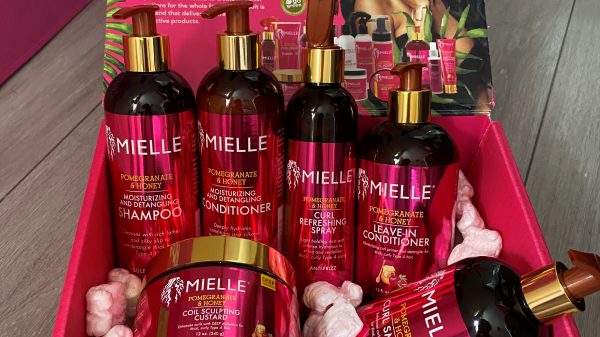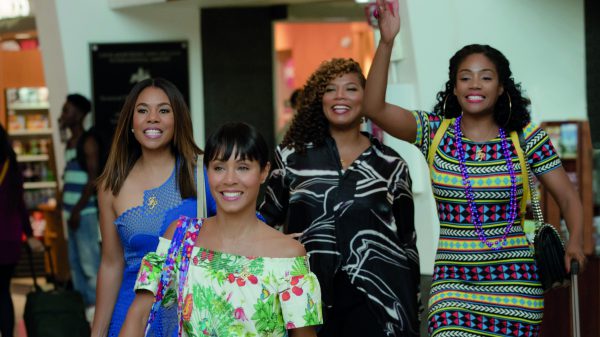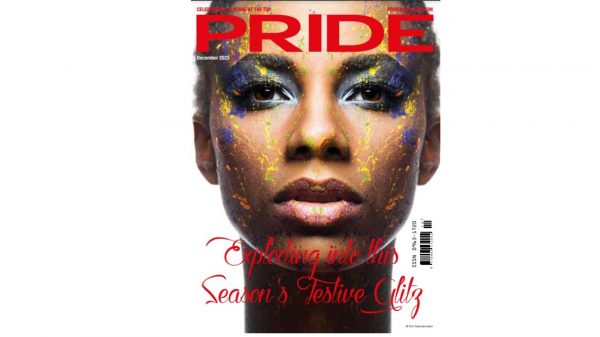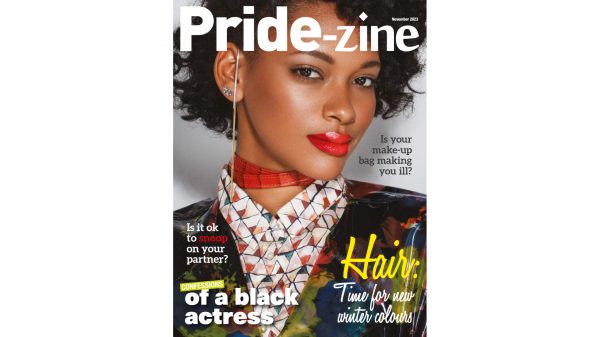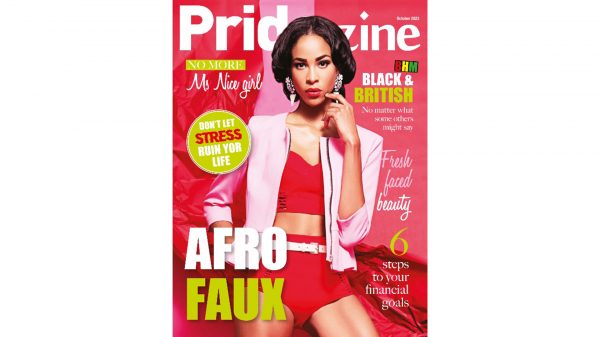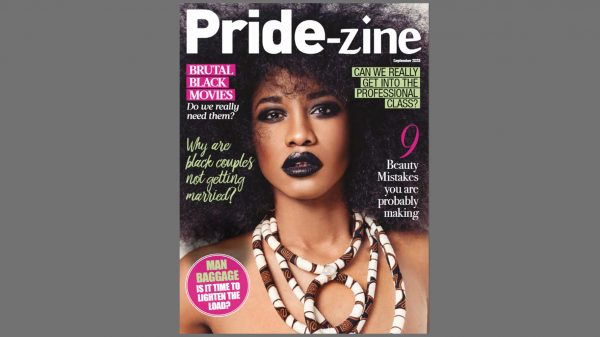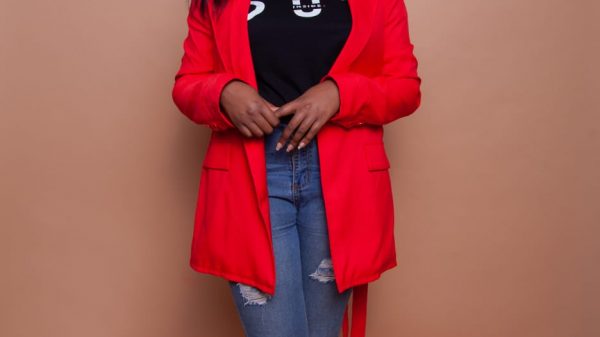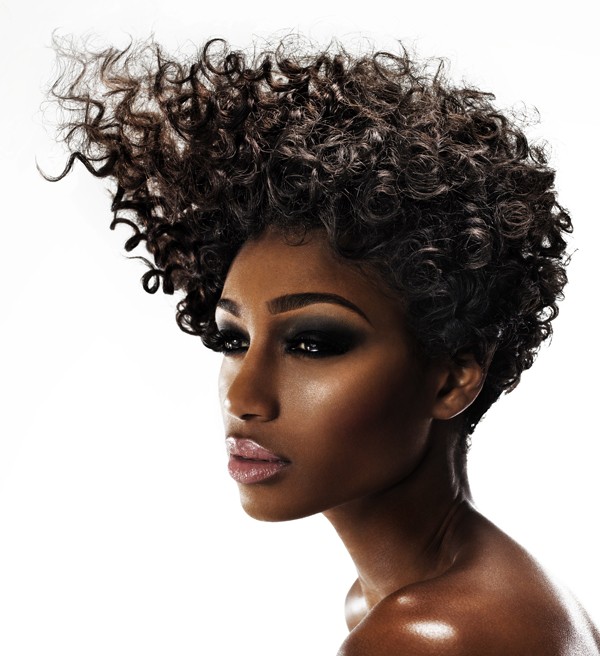It’s the new hair buzz-word that is all over the internet but is texlaxing for you?
Blame it on Solange, the rise of the hair bloggers or even the desire to claim back what is rightfully ours, but the natural hair movement is growing by the day. Yet short of leaving it permanently in its tightly coiled state some find the cross over from a decade of dealing with straightened hair too hard to bare. Yet what happens to the individuals who wishes to not have permanently straight locks, however find their battle with their Afro hair an uphill battle and simple wants the best of both worlds? Well let me introduce you to Texlaxing.
What is Texlaxing?
Texlaxing is under processing of hair using relaxer. The relaxer is applied for a short amount of time with some choosing not to comb it’s through to ensure the look remains textured. “It will allow you to achieve a softer more manageable look on Afro hair. Texlaxing will help you to release your natural curl pattern, which can add softness and sheen to your hair”, explains Afro Stylist of the Year Charlotte Mensah.
How do you Texlax?
“Protect the scalp and hair by slowing down the relaxing process by firstly protect the scalp using a barrier cream or scalp protector. Then apply a mild-normal relaxer depending on your curl pattern like Mizani Butter Blend HG Relxer System. Apply the relaxers without smoothing or combing it through to the ends keep on your hair for a maximum of 3-5 minutes”. If relaxing at home another option is to add conditioner or oil to the relaxer mix to ensure the formula is well and truly diluted.
Is Texlaxed hair still natural?
Texlaxed hair isn’t considered natural as although the hair retains a curl pattern chemicals have still been applied. “Some think that this is designed for woman to maintain their natural hair, as a way to soften the hair, which it does do, but what needs to be understood is once you have Texlax your hair you do not have natural hair anymore, you now have chemically treated hair” agrees award winning stylist for Afrotherapy, Michelle Garande.
Texlaxing and Texurizing what is the difference?
“Texlaxing, relaxing and texturising have one thing in common they are all chemical services. The only difference between tex-laxing and relaxing is the degree of curl reduction you want to achieve, where as Texturizing uses a different formula.” Although texturized hair tends to look quite similar, texlaxed hair can vary depending on the degree of curl left. For example hair that is texlaxed 80% may only have a slight wavy while hair texlaxed to 35% could look texturized.
What are the Pro’s?
- Hair is under processed so tresses will remain healthier and stronger compared to fully relaxed hair.
- It is a style that offers lots of versatility.
- There will be less ‘shrinkage’
- Hair will retain a lot of body and volume
- It is easier and less time consuming to straighten out.
What are the Con’s?
- Hair will have different textures (as its not evenly combed through) so can cause breakage
- Tresses will no longer be natural
- You can accidentally over texlax the hair and find your tresses have been straightened.




